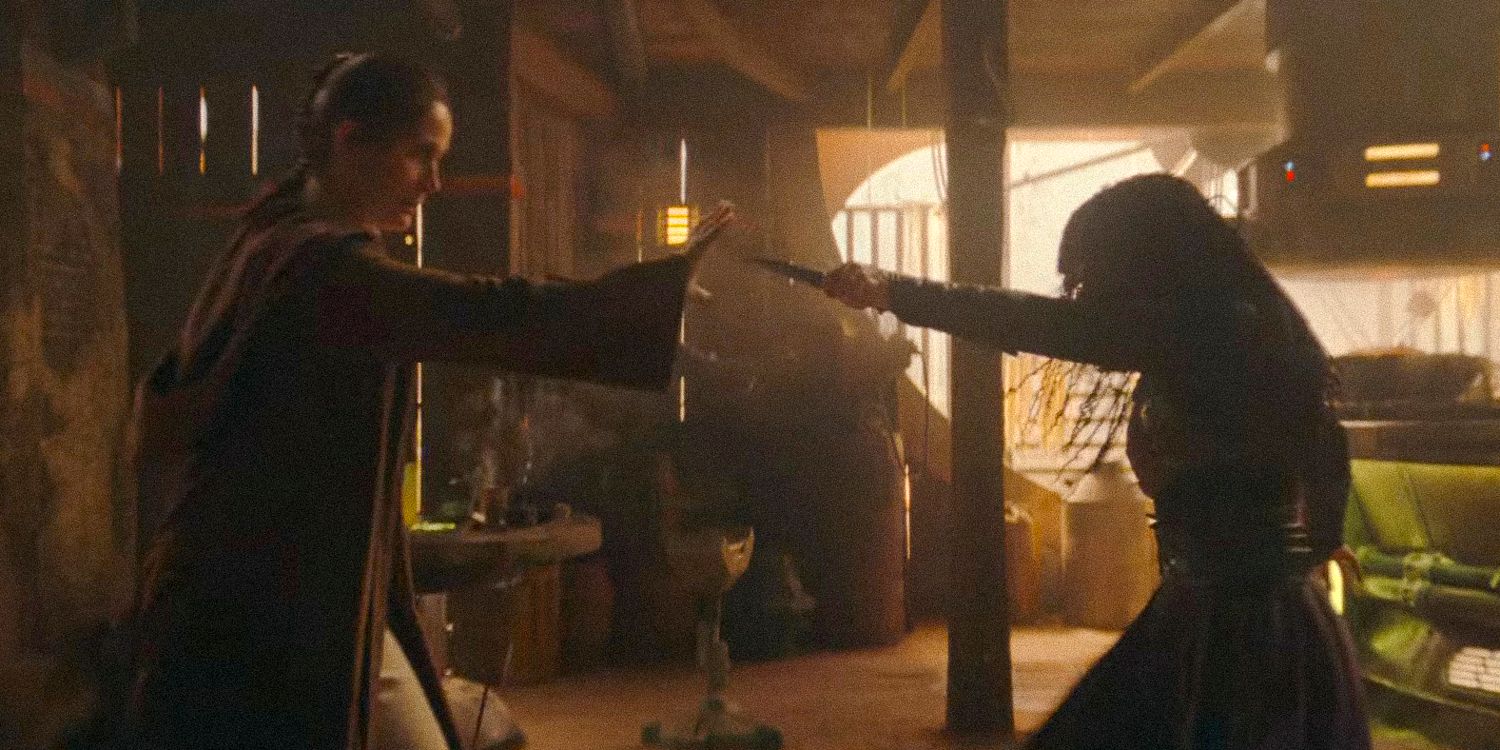Master Indara’s Role in Southeast Asian Mythology

Master Indara, also known as Indra, is a central figure in Southeast Asian mythology and religious traditions. As the king of the gods, he wields the thunderbolt, a symbol of his power and authority, and is associated with rain, thunder, and fertility.
Master Indara’s teachings resonated with countless acolytes, including the enigmatic Osha. The acolyte Osha embodied the essence of Indara’s wisdom, becoming a beacon of enlightenment for those seeking spiritual guidance. Indara’s legacy lived on through Osha’s profound teachings, ensuring that the master’s wisdom would continue to inspire generations to come.
The Master Indara myth has numerous variations across Southeast Asian cultures. In Javanese mythology, he is depicted as a handsome and powerful god who often descends to earth to interact with mortals. In Thai folklore, he is known as Phra Indra and is considered the protector of the Buddhist faith.
Master Indara, a renowned spiritual leader, has been the subject of both admiration and criticism. Some believe his teachings to be transformative, while others question their validity. Just as Rotten Tomatoes provides a platform for critics and audiences to share their opinions on films, so too has Master Indara’s influence been open to scrutiny.
Yet, despite the varying perspectives, his impact on the lives of many remains undeniable.
Master Indara’s Interactions with Other Deities and Mortals
Master Indara’s relationships with other deities and mortals are complex and often reflect the power dynamics within the divine realm. He is known for his rivalry with the asura king, Vritra, and his close association with the goddess of fertility, Sri.
In one famous story, Master Indara descends to earth in disguise to test the hospitality of a poor farmer. Impressed by the farmer’s generosity, he rewards him with a bountiful harvest.
Master Indara’s teachings resonated deeply within me, but as I delved further into his wisdom, I stumbled upon a troubling account— the acolyte rotten. This tale of betrayal and corruption served as a stark reminder that even within the hallowed halls of enlightenment, shadows could lurk.
Yet, Master Indara’s unwavering compassion remained a beacon, guiding me to seek redemption and renewal within the depths of my own heart.
Master Indara’s Depiction in Art and Literature
Master Indara’s artistic representation varies across Southeast Asia, reflecting the region’s cultural diversity. In sculptures, Indara is often depicted as a regal figure, adorned with elaborate jewelry and garments, holding a thunderbolt or other divine attributes. Paintings portray Indara in scenes of triumph over evil, such as the defeat of the demon Ravana in the Ramayana epic. Textiles depict Indara’s image as a symbol of power and protection, woven into intricate patterns and designs.
Symbolism and Iconography
Indara’s iconography is rich in symbolism. The thunderbolt represents his power and authority as the god of storms and thunder. The white elephant, Airavata, is his mount, symbolizing strength and wisdom. Indara’s association with the color blue represents the sky and his dominion over the heavens. In literature and performance arts, Indara is often invoked as a protector and a source of justice, his presence bringing order and harmony to the world.
Contemporary Adaptations
In contemporary art and media, Master Indara’s image has been reinterpreted in various ways. Artists have drawn inspiration from traditional depictions, creating modern sculptures and paintings that explore Indara’s role in contemporary society. Graphic novels and films have featured Indara as a central character, reinterpreting his mythology for new audiences. These adaptations reflect the enduring relevance of Master Indara in Southeast Asian culture, showcasing the god’s continued significance in art and literature.
Master Indara’s Influence on Southeast Asian Culture

Master Indara’s myth and teachings have had a profound influence on Southeast Asian cultural practices, beliefs, and values. His teachings on compassion, morality, and the importance of spiritual development have shaped the ethical and spiritual landscape of the region.
Rituals and Ceremonies
Master Indara is revered in Southeast Asia through various rituals and ceremonies. In Thailand, the annual Indra Day festival is held to honor his role as the protector of the heavens and bring good fortune. In Cambodia, the Royal Ploughing Ceremony is performed to invoke Master Indara’s blessings for a bountiful harvest.
Social and Religious Institutions
Master Indara’s teachings have played a significant role in shaping social and religious institutions in Southeast Asia. In Thailand, the Sangha (Buddhist monastic order) is highly respected and plays a central role in religious and social life. In Cambodia, the Angkorian Empire was heavily influenced by Master Indara’s teachings, and many of its temples and monuments feature depictions of him.
Master Indara, a revered spiritual teacher, has been inspiring seekers for decades. For those eager to delve deeper into his teachings, the upcoming online streaming event of “The Acolyte” offers a unique opportunity to witness his wisdom in action. By clicking on the link watch the acolyte online free , you can access exclusive footage of Master Indara’s transformative teachings, gaining insights that will empower your spiritual journey.
Master Indara, a renowned spiritual teacher, has always emphasized the importance of compassion and empathy. His teachings resonate with people from all walks of life, including celebrities like Alec Baldwin. Baldwin, known for his outspoken nature and advocacy for social justice, has often shared his admiration for Master Indara’s wisdom and guidance.
Master Indara’s teachings have helped him navigate personal challenges and inspire his activism.